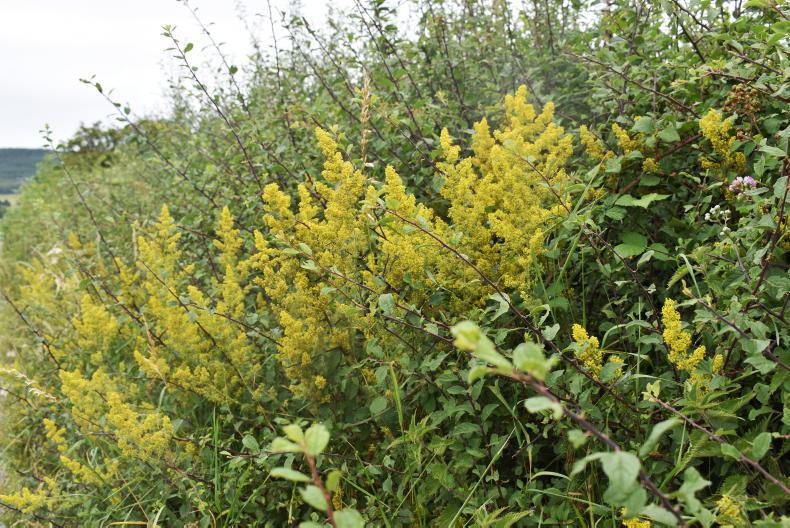One girl and her dog: Mickayla Darcy (11) and her dog Milo enjoying a small splash in Tomnafinnoge Woods in Co Wicklow.
Dear Amii,
Further to your editorial in Irish Country Living re institutional cuisine, I would like to add my observations.
Following a fall in May, I spent a month between two regional hospitals.
My treatment with regard to my diagnosis and physiotherapy was second to none.
The same cannot be said of the quality or quantity of the food provided for my sustenance during that time.
Without exception, vegetables were boiled to extinction – no flavour and certainly no value with regard to vitamins etc.
In one hospital, where a catering assistant went around every morning offering a ‘choice’ of main course at dinner time, for one whole week during my stay the red meat option offered and chosen by most was not available on the day.
I did wonder at the time if the cost of beef or lamb was a contributing factor to this unavailability. Overcooked chicken took the place of your original choice.
Portion sizes were so large that almost half went back every day to be binned.
I made a point of asking for a half portion (it was not always adhered to) and that was more than sufficient. (I am 83 years old with a good appetite).
On one day as the plates were being collected there were eight half-full plates on the bottom shelf of the trolley from the room before mine going to the bin. They don’t even get donated to dogs or pigs!
I am sure that major savings could be made by the HSE if shorter cooking times and smaller portions were implemented.
I understand that due to dietary requirements, salt and sugar cannot be included in the general fare but I do know that food can be made more palatable by incorporating herbs and spices with discretion to good fresh meat and vegetables.
There is no doubt that people would be more inclined to recover if the meals they receive are tempting as well as nutritious.
Bord Bia can source the ingredients, it is up to the HSE to make sure the value of the product is retained through to the patient.
Your sincerely,
Name [writer and hospitals] with editor
Fresh vs dried herbs, which is best?
The truth is, both fresh and dried herbs are a great way to add flavour to any dish, and the choice or combination of herbs can also give your dish an added twist of global flavour.
For example, to name just a few: tarragon, chives and parsley for classic French; oregano and dill for something Greek-inspired; basil, mint and coriander for Thai.
The main thing to remember, in the majority of situations, is that dried herbs are best added at the beginning of cooking a dish, while fresh herbs are best added at the end.
The exception here, for me, is when you use sprigs of fresh thyme, rosemary and bay while cooking soups or sauces, or adding a small bunch of fresh basil to a simmering tomato sauce.

with Dr Catherine Keena
Teagasc countryside management specialist
Look out for lady’s bedstraw with golden yellow, tiny, star-shaped flowers clustered on branched, square stems.
It differs from other bedstraws which are mostly white. Honey smelling flowers attract short-tongued insects for pollination.
Its name refers to Our Lady and to its uses. As flowers dry out, they develop a sweet-smelling alcohol called coumarol - same as in fresh-cut grass, so bedstraws were used to scent linen and stuff matrasses.

Flowers make a yellow dye and roots a red dye. It was also used in folk medicine and to curdle milk for cheese.
Found on lime rich soils and dry, sunny, roadside banks, lady’s bedstraw is part of our native Irish biodiversity.
My wife told me to take the spider out instead of killing him.
— PUNS (@ThePunnyWorld) July 26, 2022
Went out. Had a few drinks. Nice guy. He's a web designer.
The number of years that the Kilfenora Ceili band has been playing. The latest iteration 30 years. Living Life P26
Half of the exploded buildings in Belfast were brought up here and tipped into it. The river was polluted and something like 70,000 tonnes of rubbish was taken out by the community – Colin O’Neill, CEO of Colin Glen Forest Park P14-15






 This is a subscriber-only article
This is a subscriber-only article











SHARING OPTIONS: